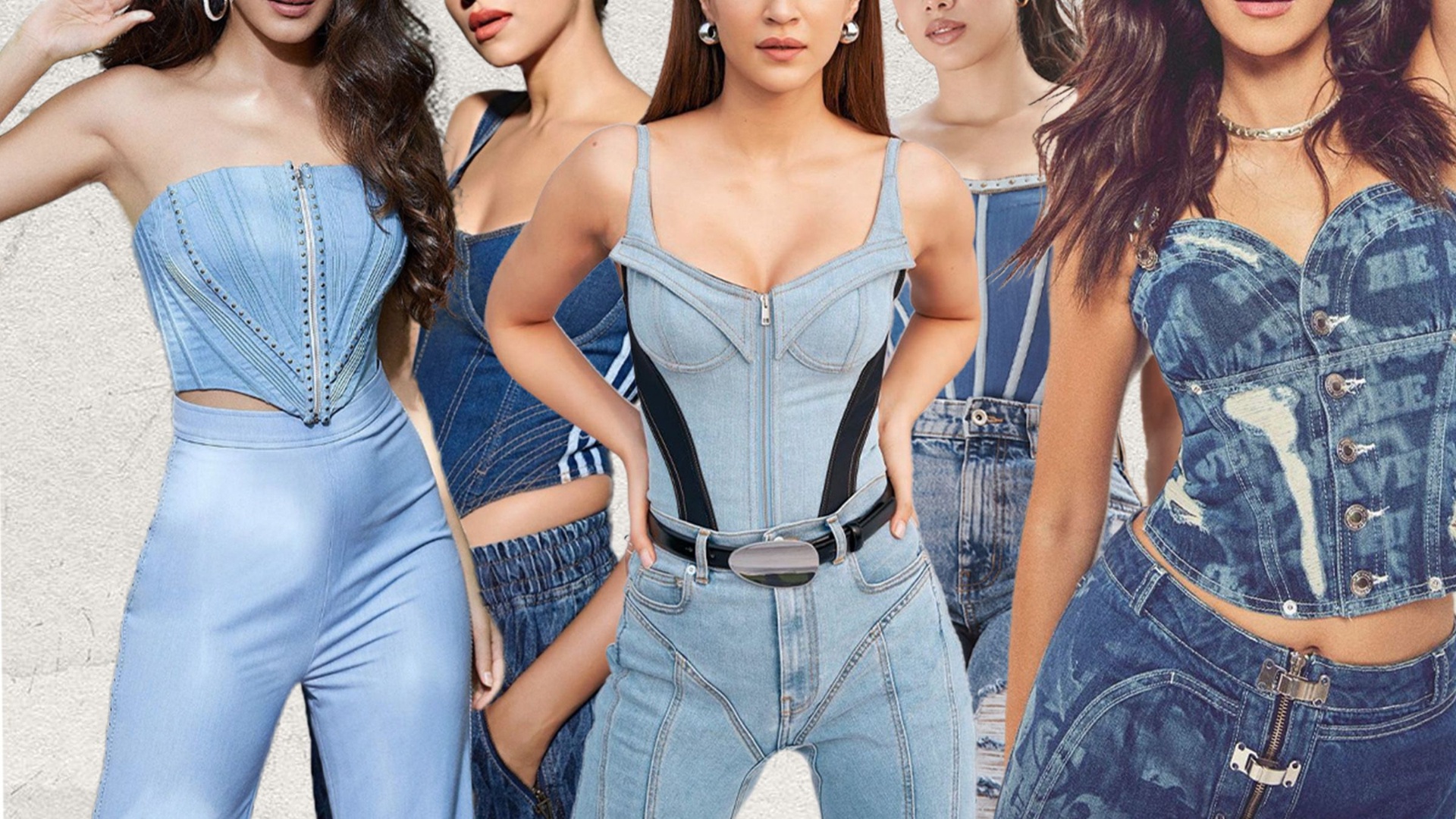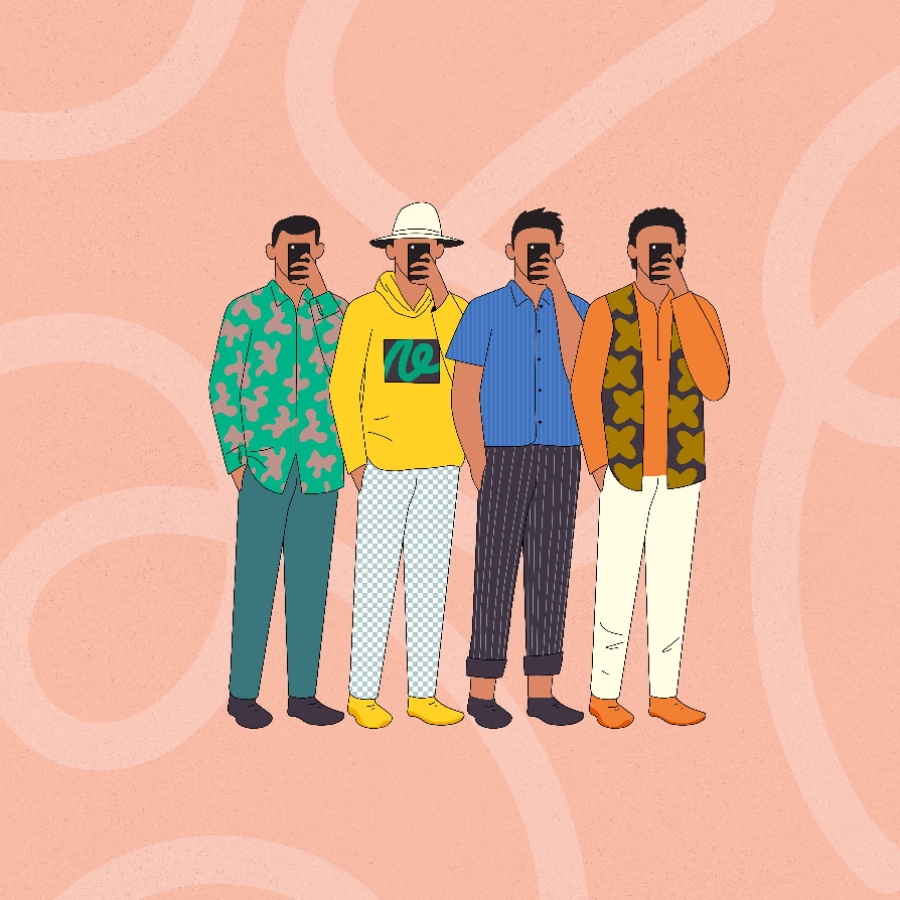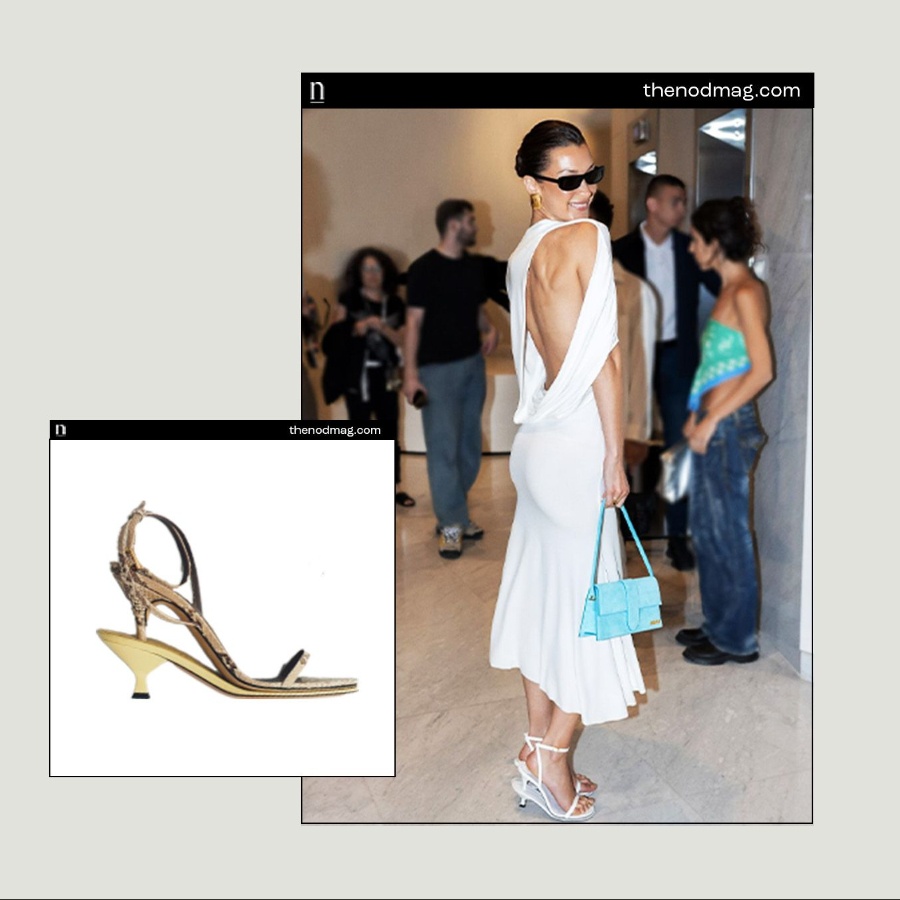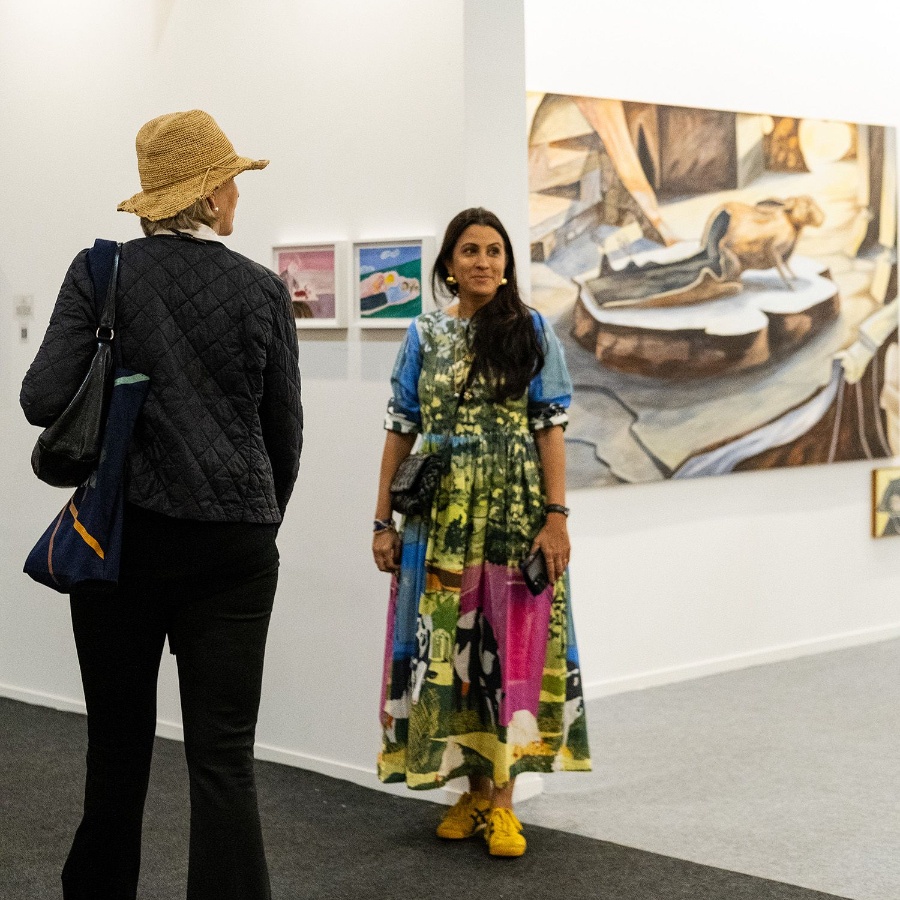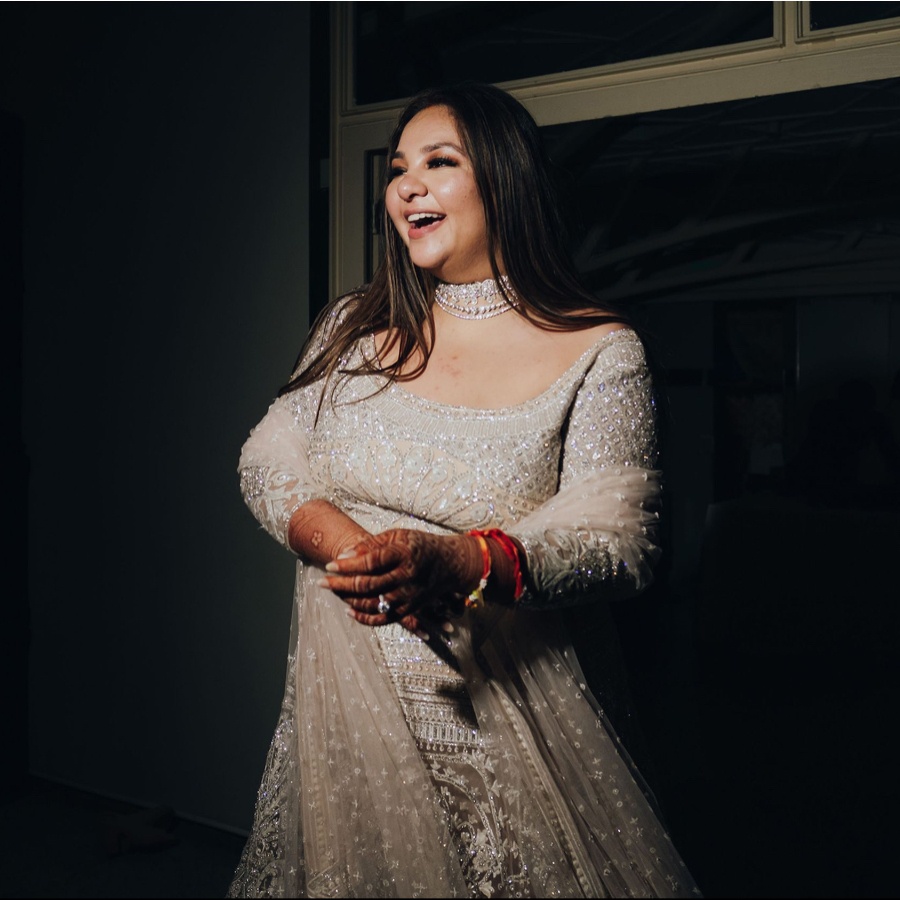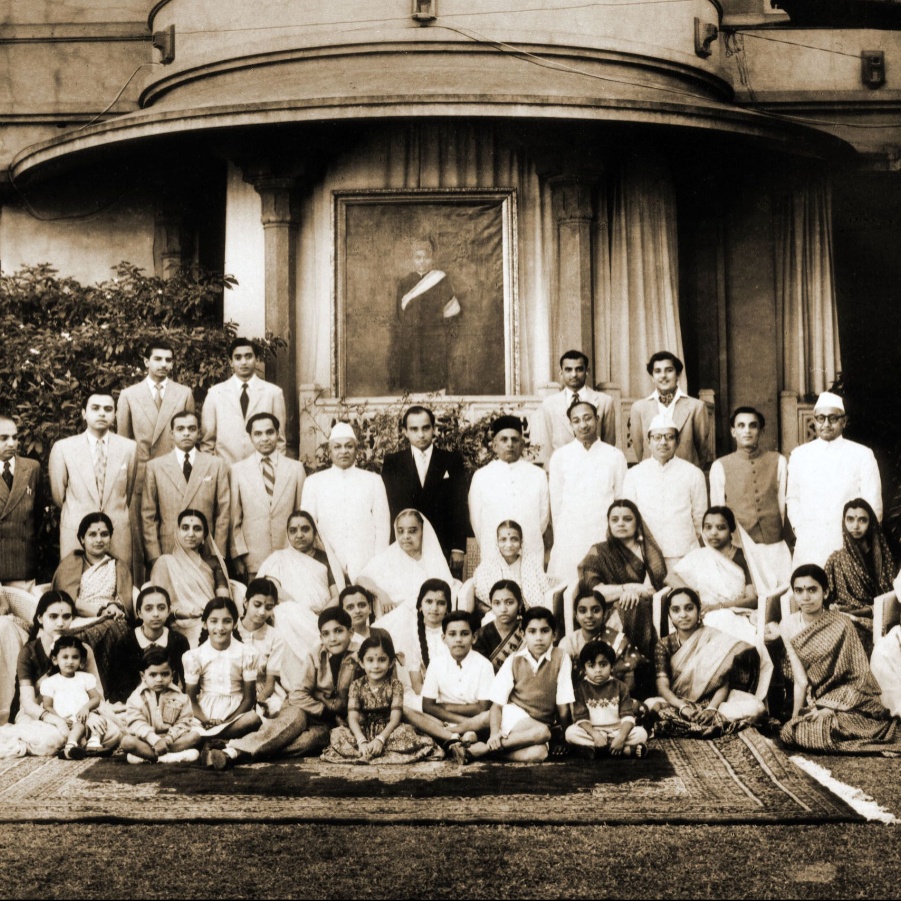Lately I’ve found myself thinking: nothing about social media is the way it was when it all first started. Feeds with sensible, chronological updates from people we chose to follow have been replaced by content that algorithms are choosing for us. Kyle Chayka, staff writer for The New Yorker, explores this phenomenon in detail in his new book Filterworld: How Algorithms Flattened Culture, which came out earlier this year. In it, he describes how we’re in a bubble, where recommendation systems filter and decide not only the culture we consume, but also produce. Algorithms tend to push “the least ambiguous, least disruptive, and perhaps least meaningful pieces of culture,” he writes.
What has this done to our wardrobes? For starters, it has made personal style almost extinct. We are deep in the throes of IG-inspired style, with our tastes dictated by what’s trending on our discovery pages rather than our instincts. At some point in 2023, my Explore page became a mood board for Barbiecore with pink platform shoes, minidresses, and candy-coloured bags. I blinked and it was Alo Yoga’s varsity tennis skirts with white socks and Stanley tumblers: welcome to tenniscore. Then ‘stealth wealth’ or ‘quiet luxury’ ironically took over the conversation with Loro Piana cashmere sweaters and white and beige separates, only to be overshadowed in a month by ballet flats and Mary Janes and bows—so many bows. For a week in January, everyone wanted to be a mob wife with leopard prints, leather, and fur. Wedges made a brief ‘comeback’ after they were spotted on the Chloé fall 2024 front row. Fast forward to now, we’re witnessing a bubble hem revival along with tenniscore 2.0. Between this dizzying whirl and the current climate of fast fashion, it’s all about the day’s fit.
So it’s no surprise that even celebrities with armies of image makers at their disposal don’t dress in a manner remotely original in thought anymore. Case in point: Bollywood’s obsession with denim corset tops, bralettes with blazers, and neon bodycon dresses. We’re all exposed to all the same microtrends on the internet; our feeds mimic content from people we follow and engage with. Perhaps stylists, too, are caught in the rotation of clothes they see in the endless supply of made-for-IG photoshoots set against seamless paper backdrops. Who can remember who wore the ab-baring crop top and midi skirt combo first, or better? Everyone seems to be stuck in a sartorial echo chamber and their clients end up in different versions of the same thing—or even exactly the same thing.
Then of course, there’s the culture of loaning and gifting. Most celebrities don’t even own the clothes they wear, which leads to a total lack of personal connection. Even the younger lot has outsourced styling to professionals for fear of making a fashion faux pas. Sure, there’s plenty of them that still look great. But unfortunately, when everything is primped to ‘perfection’, it’s a huge disservice to the young stars, who become victims of homogenised style. There is no room for them to discover, or even try to develop, their own taste.
The problem here isn’t bad style, it’s no style. Personal style reflects who someone is. It telegraphs a personal philosophy and tells a story that’s unique to the individual. What story is one telling if everyone is dressed in the same thing?
That’s not to say one shouldn’t hire a stylist. Take, for example, New York-based stylist Danielle Goldberg’s work with Greta Lee, who has made it to every best-dressed list this awards season. Whether she’s sporting a playful Loewe number, a flouncy Prada LBD, or even a Chanel suit, it works because she uses fashion as an extension of her identity. Another successful partnership that comes to mind is of Hunter Schaefer and her stylist, Dara Allen, delivering bold looks that made headlines during the press tour of The Hunger Games: The Ballad of Songbirds & Snakes. Both Lee and Schaefer look like people who made a thoughtful choice about what they put on, instead of just picking something at random from a rack of trendy outfits.
Given that a new microtrend or ‘-core’ pops up every week, it may feel more difficult than ever to pin down and hone your personal style. But it isn’t about acquiring the latest trending chunky-soled loafers or tennis skirt or whatever. Personal style transcends seasons and online trends. Hanan Besovic, whom you probably know as @ideservecouture, succinctly put it in an Instagram story hot take, “I think [the] majority of the people that blindly follow trends don’t have style. If someone else has to tell you what other people are wearing with a goal that you wear it too, you are not in control of your style.”
The only way to crack a signature look and find out what really works for you is repetition. It might seem boring, but imagine if Jane Birkin wore her wicker basket only once before tossing it aside in favour of the bag du jour. But no, she took her basket everywhere, from the farmers’ market to the red carpet, and it became a signature that people talk about to date. Why is Poo’s style from the movie K3G considered iconic? It’s because she stuck to a sartorial formula that was fun and youthful, and she didn’t care about what other people thought of her. Style icons aren’t called so because they wear everything. It’s because they have a thing they’ve stuck to, even when it’s not so popular. The best way to discover your thing is to consistently wear what you like—whether it’s an accessory, a shoe, or a jacket—and build the rest of your wardrobe around it.
It may not seem radical at first, but there is great freedom and joy in having agency over what we wear. As Rachel Tashjian once wrote for GQ, “personal style, not fashion, holds the greatest reward: it allows you to invest in yourself, rather than in a bunch of ideas about who you could or should want to be.” Maybe, if we focused on developing our own sense of style, we’d worry less about what’s popping up on our feeds and think more about what we like and what makes us feel good. There needs to be a shift in attitude. After all, good style is all about attitude.
